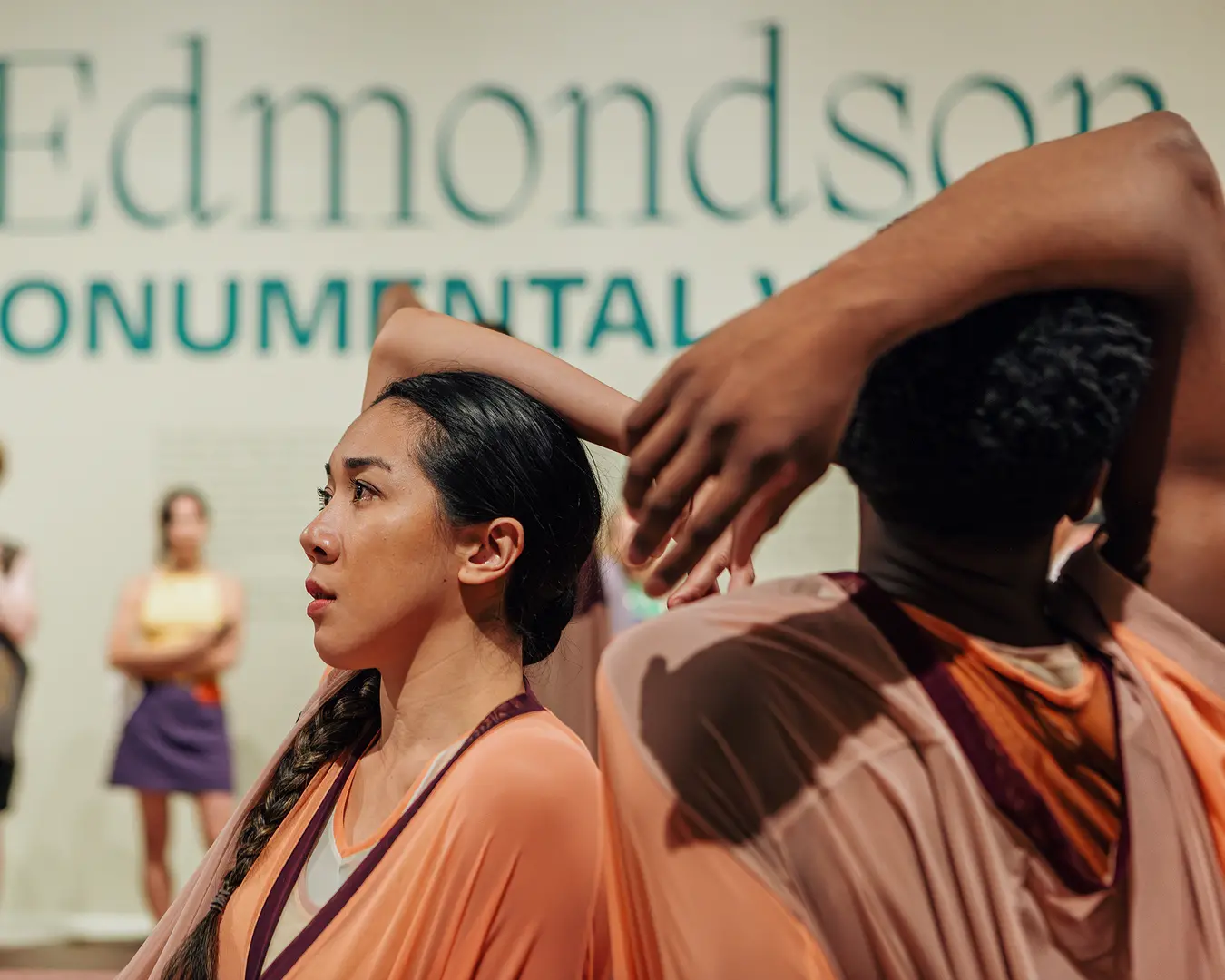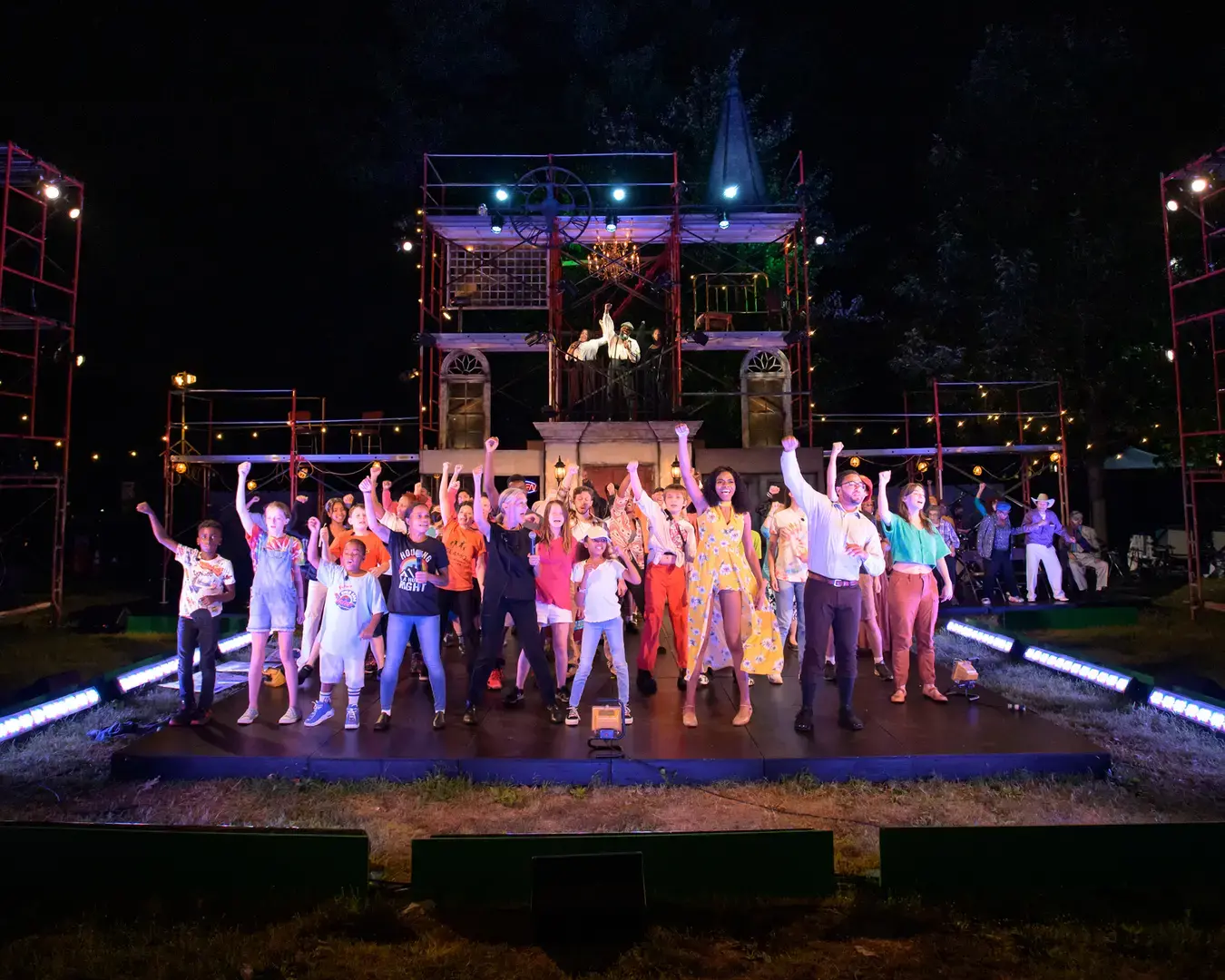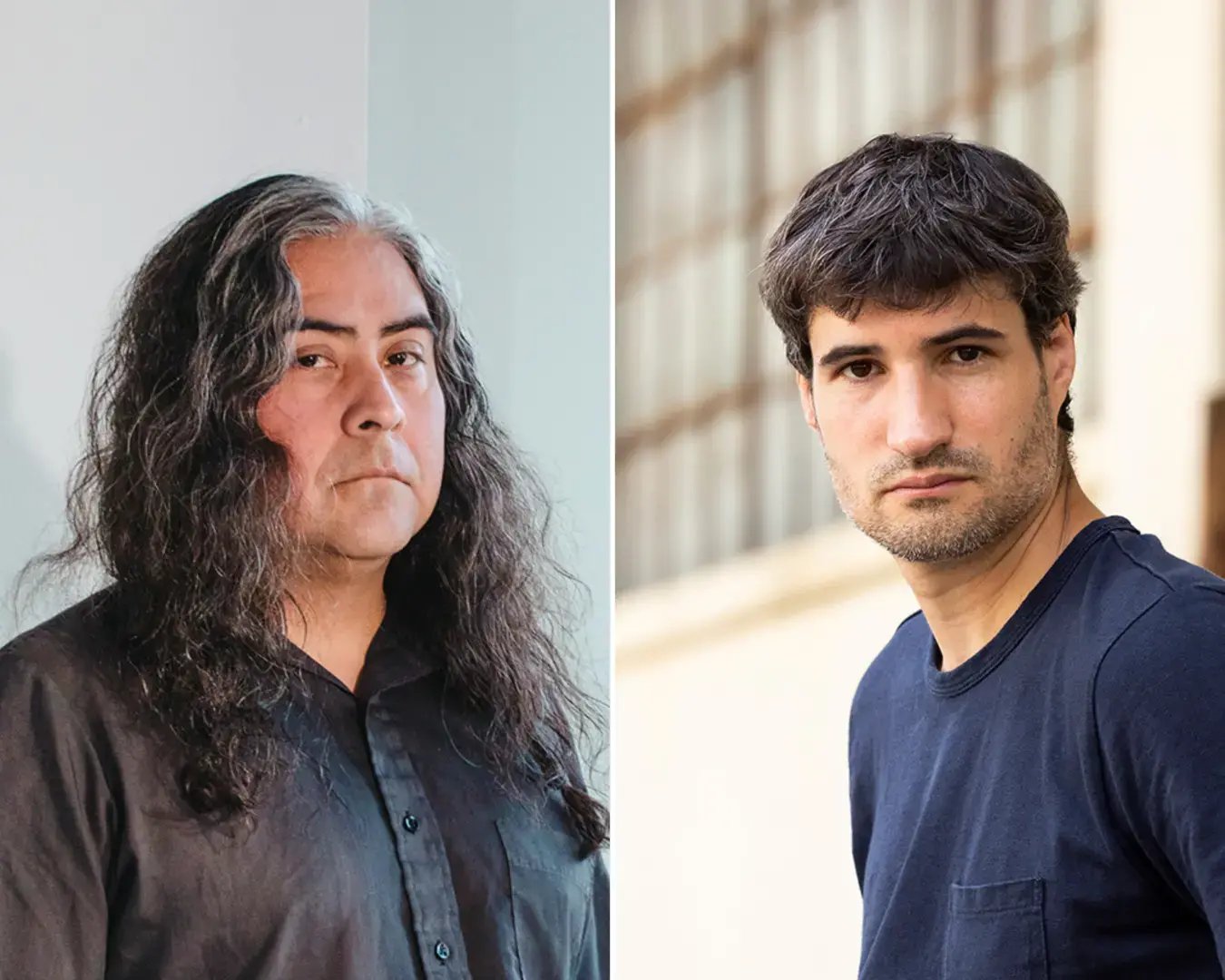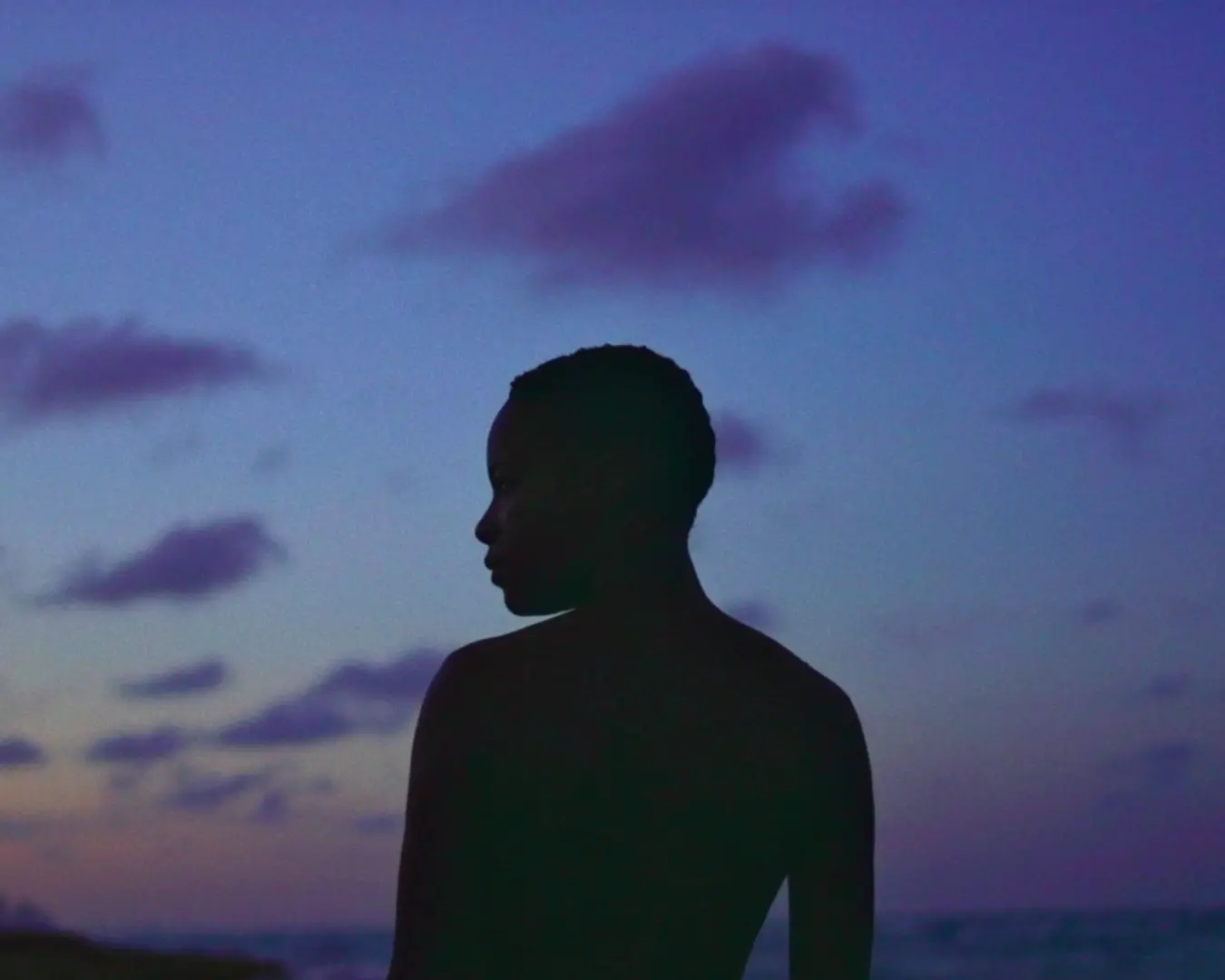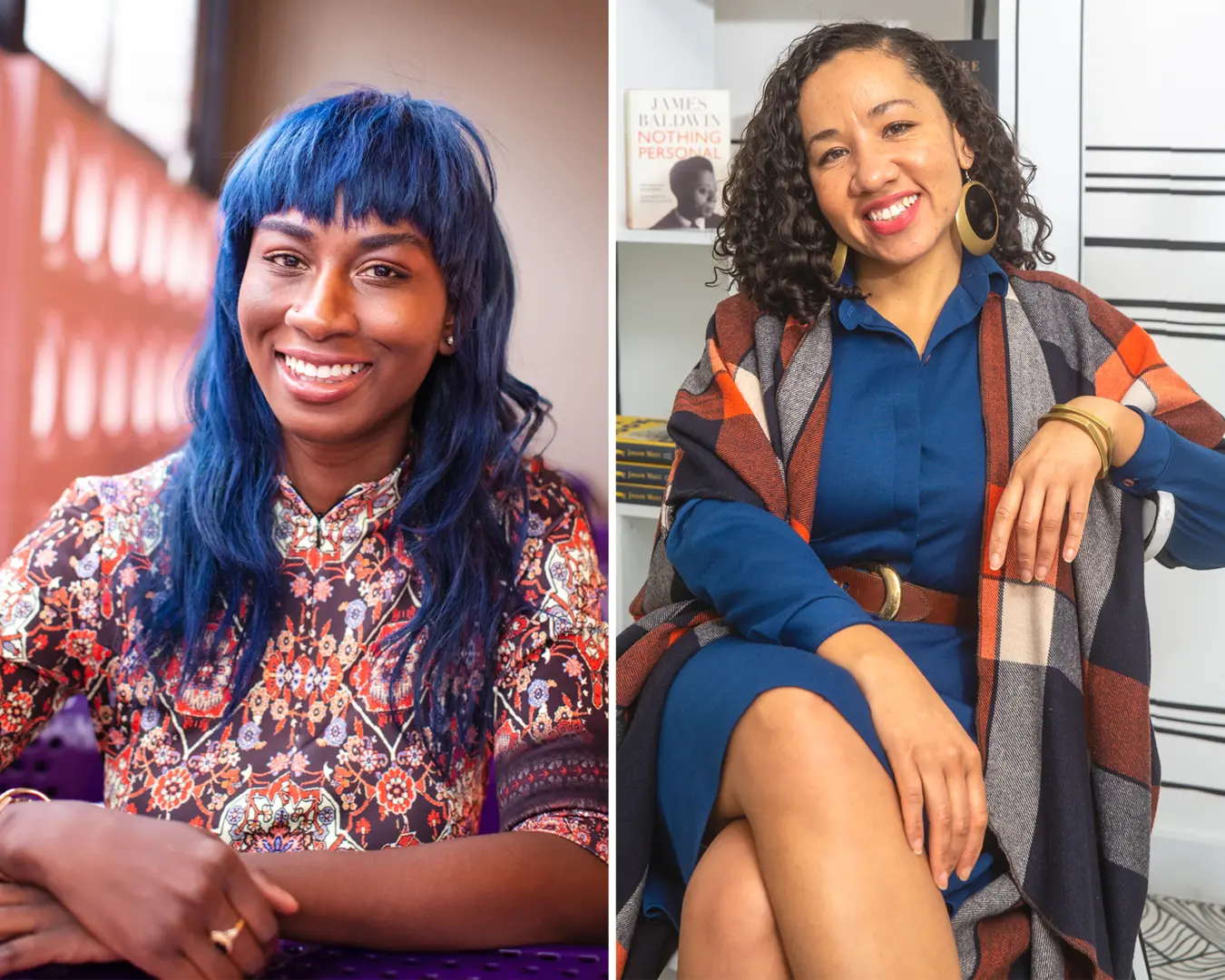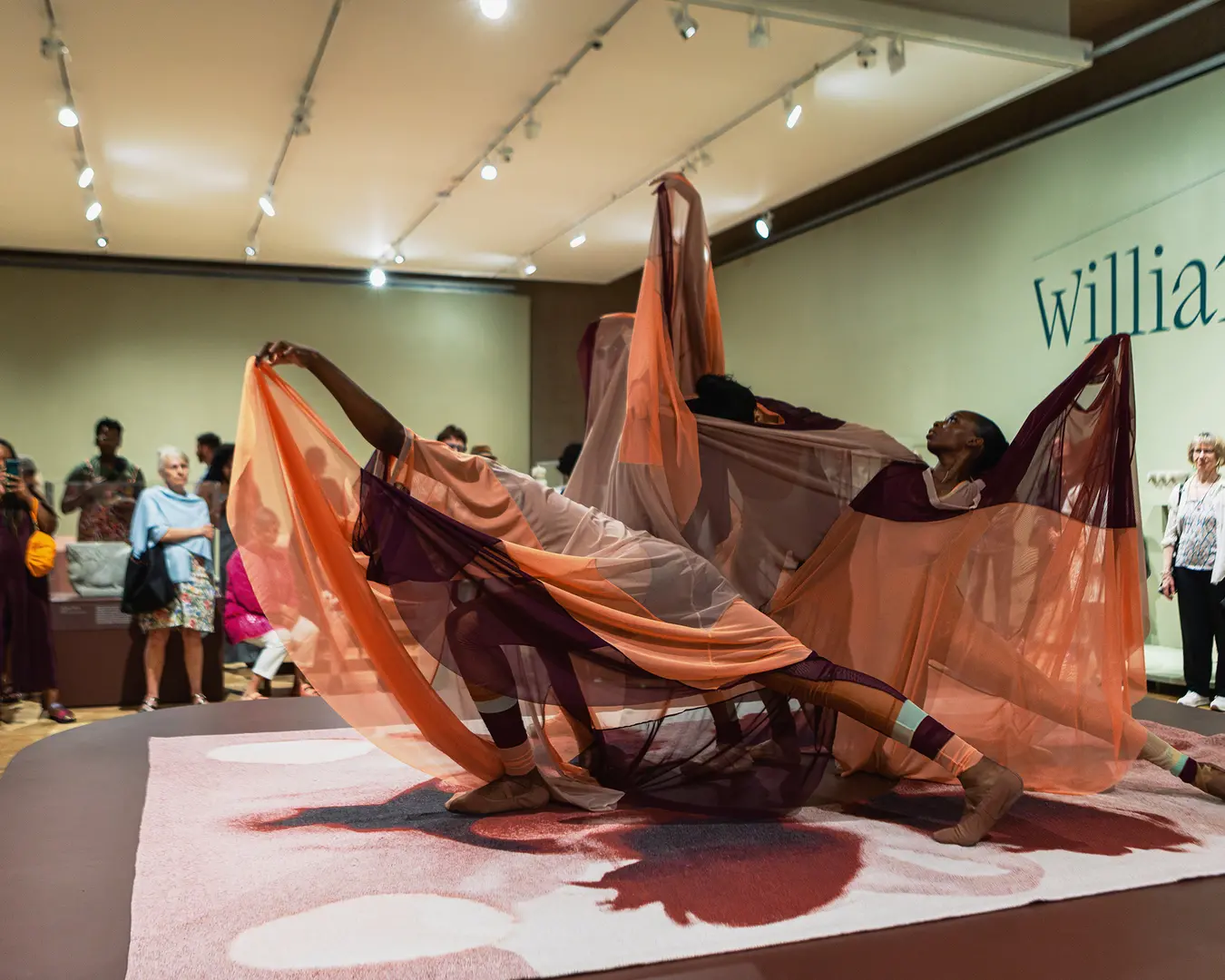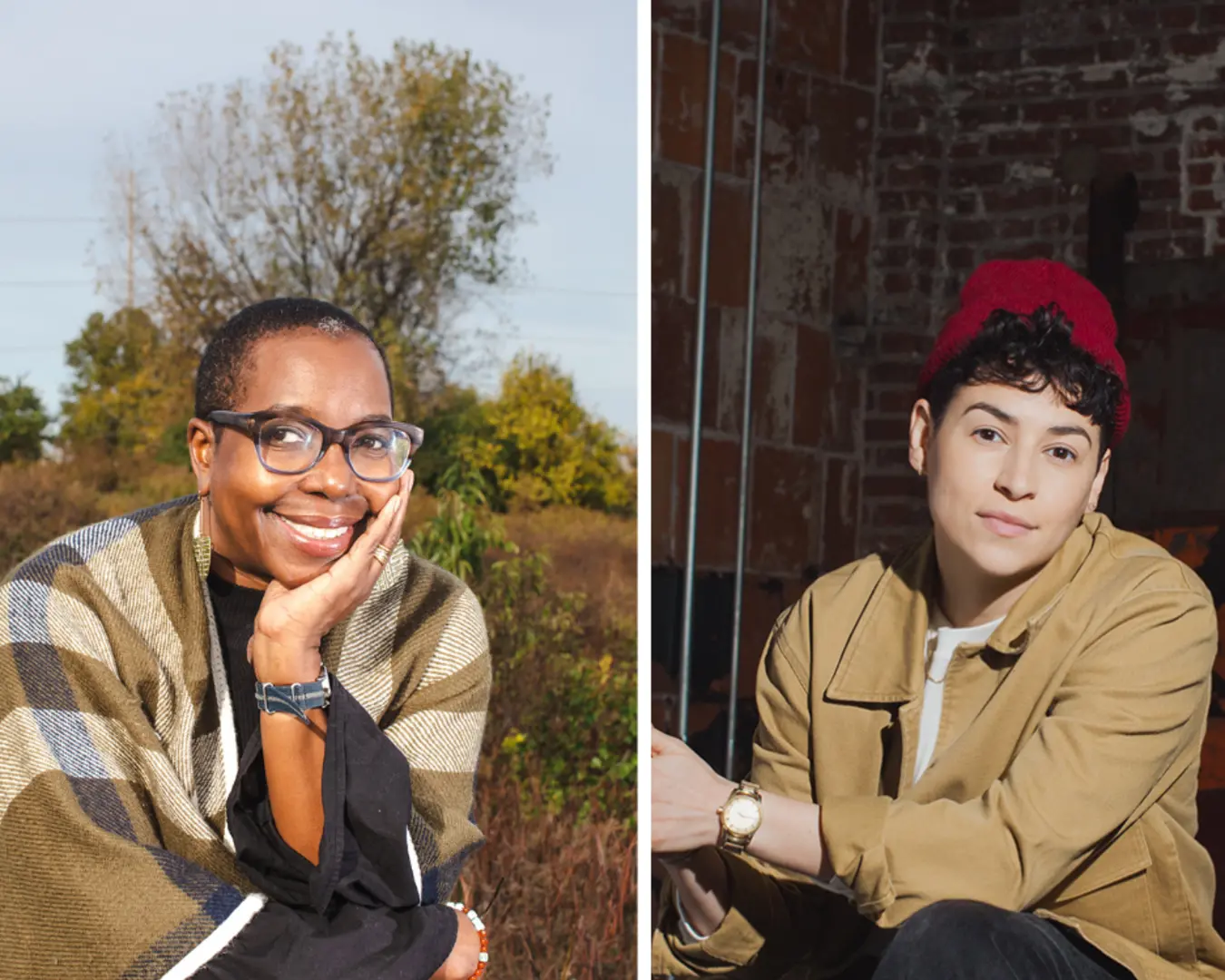In 2023, Philadelphia artists and organizations offered audiences a range of new works across artistic disciplines, engaging with complex subjects as various as American democracy, cultural identity, spirituality, the experiences of neurodiverse audiences, basketball, and a half century of hip-hop.
Center-supported projects reached more than 500,000 people, and Pew Fellows and grantees earned numerous awards and nearly 8,000 feature stories, reviews, and other media coverage in local, national, and international publications.
Watch our video to see a sampling of 2023’s highlights in the arts and preview what’s to come from our newest grantees—28 organizations and 12 artists receiving $9 million to present programs and creative works that will be meaningful to communities throughout the greater Philadelphia region. And read on to learn more about how our grantees made meaning in 2023.
Vibrant, Distinctive, and Inclusive Cultural Experiences
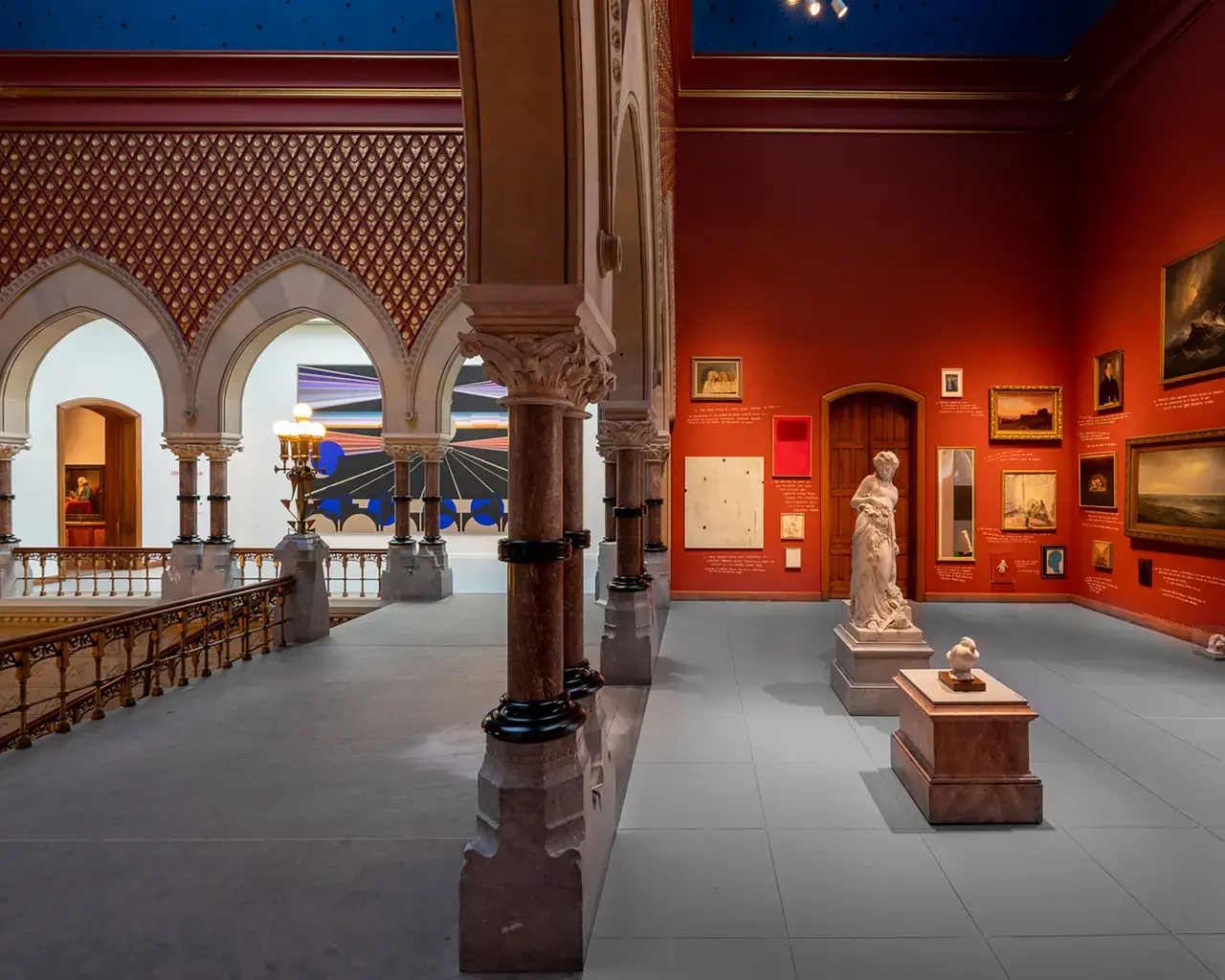
Rising Sun: Artists in an Uncertain America stretches across two historic museums—on view at the Pennsylvania Academy of the Fine Arts until December 31, 2023, and at the African American Museum in Philadelphia until March 3, 2024—with new works from 20 contemporary artists who respond to the question: “Is the sun rising or setting on the experiment of American democracy?” The project was an ambitious collaboration between the two museums. “We are partners, but we are two very different institutions,” Dejay Duckett, vice president of curatorial services at AAMP, told The New York Times. “For us to be able to talk candidly about equity and make sure at every step that was respected, it was very good for both institutions.”
Watch a 30-Second Field Trip to both AAMP and PAFA on Instagram.
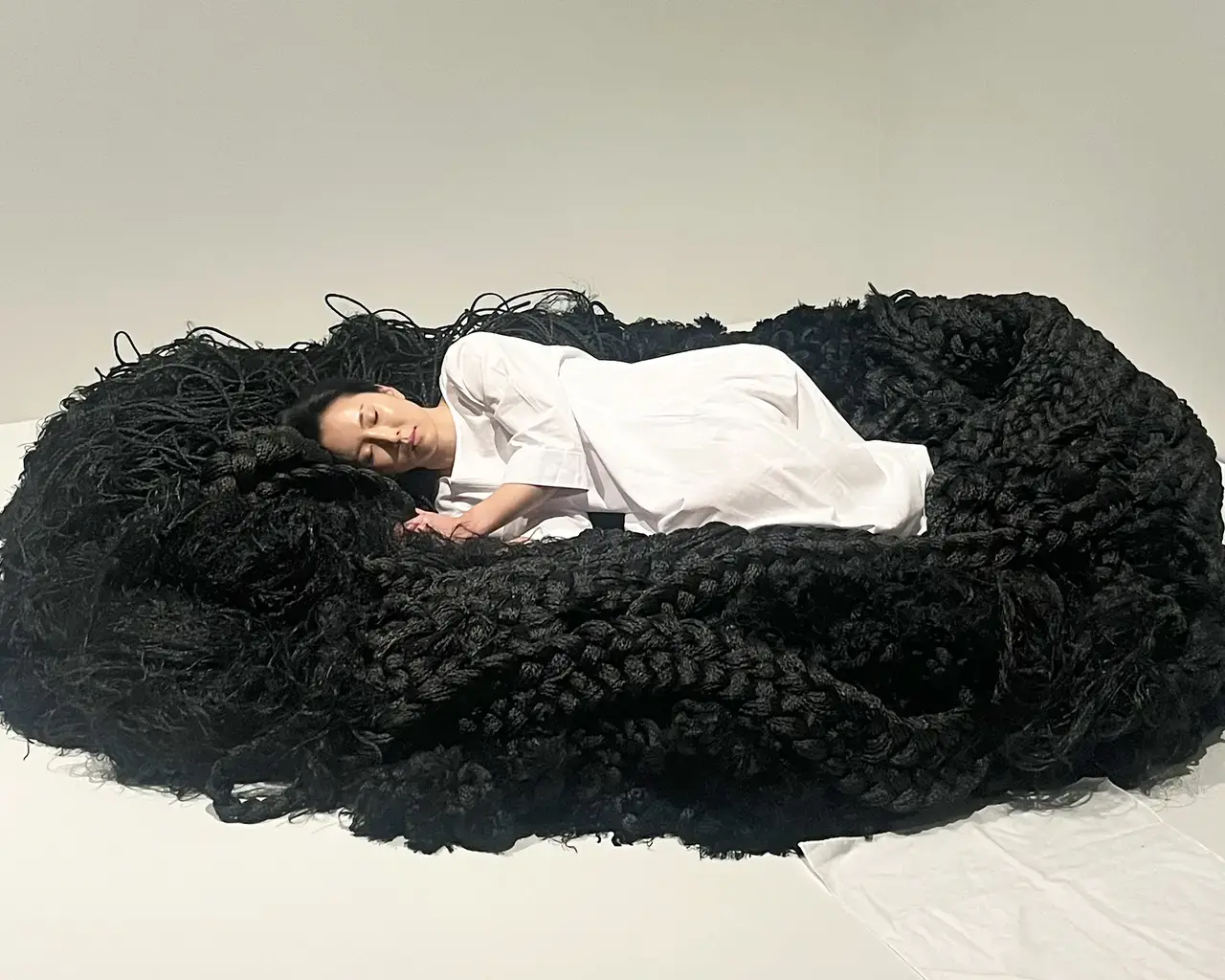
At the Philadelphia Museum of Art, The Shape of Time: Korean Art After 1989 presents works from 28 contemporary artists of Korean descent to explore the collective memory of a generation who experienced the dramatic reshaping of Korea over the last 30 years. The exhibition runs through February 11. The New York Times took note of the project and the focus on Korean art in a variety of exhibitions at major US museums this year. “I studied our history in Korea, came to this country with a master’s degree and I was so frustrated.” Hyunsoo Woo, the Philadelphia Museum of Art’s deputy director for collections and exhibitions, told The Philadelphia Inquirer. “Where is Korea? A mere 30 years later, we are in a such a different place.”
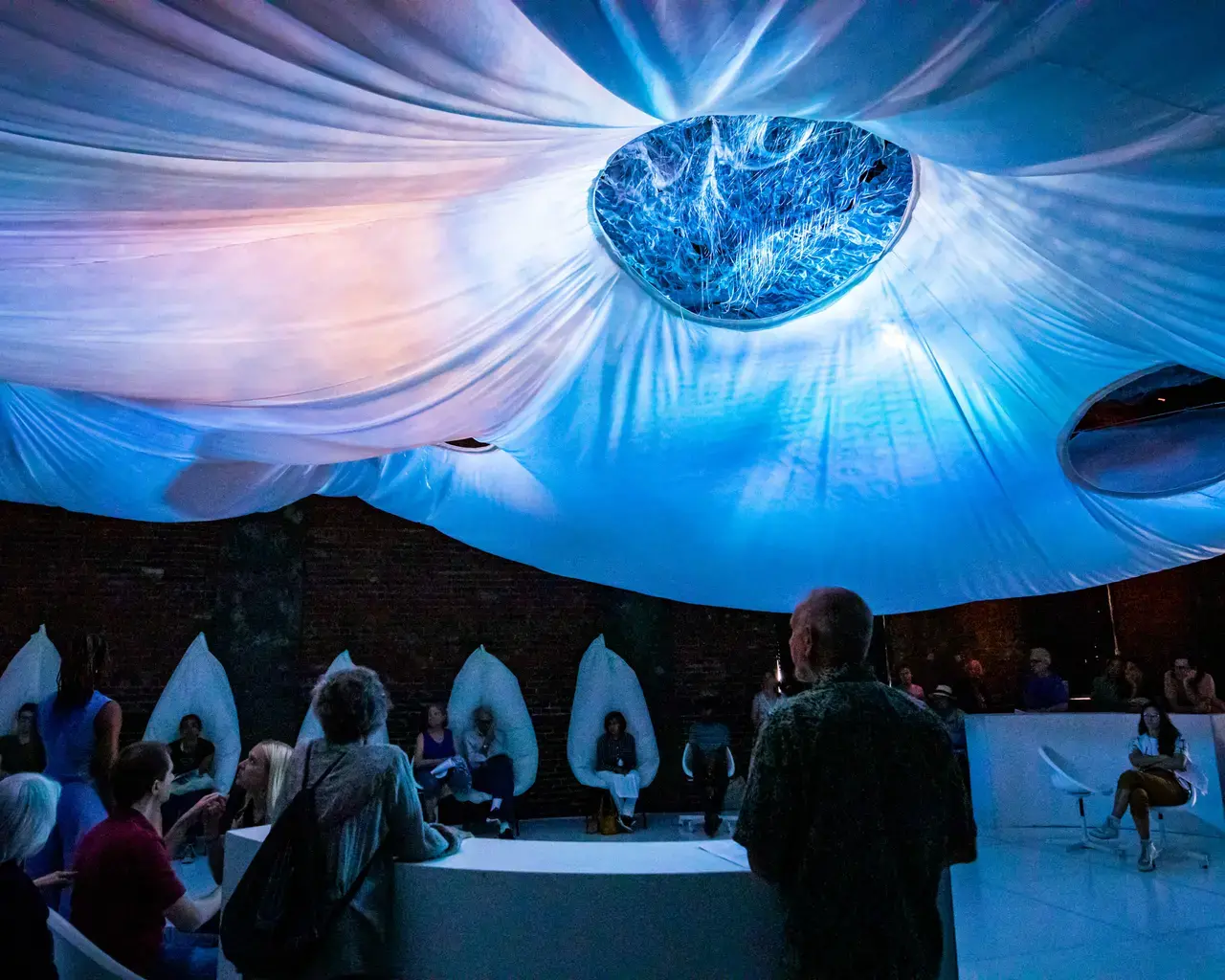
The Institute on Disabilities’ Rhythm Bath presented 14 sold-out performances of an immersive dance performance-installation in which audiences could move around freely. Informed by her experiences with her neurodivergent son and collaboration with neurodiverse communities, choreographer Susan Marshall worked with set designer Mimi Lien to create, as Marshall wrote, “an engaging experience for all, innovating alternatives to the exclusionary practices of typical theater-going that require audiences to be still and quiet.”
Close Transcript
It was important for us to not have performance pop up in the gallery and disappear and that perhaps there was a deeper level of engagement that we could offer you as an artist, the dancers that you have invited into the space, and even our audiences and our colleagues that we work alongside here at the Barnes. And so I'm wondering what that process of planning and design has meant for you, and what you have learned or even intended to influence throughout that process.
Yeah, no, I think for sure. And I think it goes back to this idea of being intersectional and also this idea of being collaborative, right? I think for me I didn't want to come in and make a performance and then leave. I wanted it to have a trace. So I really wanted to be an intervention and a dialogue.
And so thinking through that, I as an artist make performance. I'm a former dancer. But I also make sculpture, and I also make other forms of visual materials. And so for me, it was really important to think about, how do I leave something into the space that is also here? And so thinking also about the exhibition design, you're kind of creating a floor plan for your audience to participate in. And so for me the audience is also a dancer. They're also doing something in the space.
So when the performers who are trained are doing something very specific, the audience also is being given that acknowledgment that they're in the space. So they are dancing. So like these pathways create arteries for movement. And so for me that is also part of it. So I was really excited that we had that opportunity to talk to Yamu to work together to think like, Oh if people walk this way or-- what happens here?
Or even more logistical things like the carpet, the tapestry, the soft sculpture that I created, which becomes an altar or a stage for the dancers. It's on this pedestal, but even like the pedestal itself has a certain way of its height. So it dictates a certain sense of movement. Like you may not want to sit on it because it's too low. So also using museum choreography to create a space that is inclusive as well.
I think for me it's a different way of working. It's an exciting way of working for me, being able to work with a museum exhibition designer to have a sense of coloration of walls to think about the colors of the pedestals that will then also complement the carpet. And I think going back to Edmondson's yard and the garden, this becomes a sculpture garden.
As soon as my dancers walked in they're like, ''this feels like a garden.'' And I was so happy when I heard that I was like, yes. This was the intention. This was the intention. But it creates a playground as well. And so for me, there was something about that really trying to think of this as a playground.
So that when I give them tasks, so in my choreography, things are set. But there's also moments where I'm like, this is the task that has to be had. So they use this architecture, they use this design as a place to start to come up with their own prompts to make choices and decisions to make those movements.
PermalinkThe Barnes Foundation’s William Edmondson: A Monumental Vision recontextualized the life and work of Black American sculptor William Edmondson (1874–1951), repositioning his artistic practice within the early 20th-century art world. As part of the project, choreographer Brendan Fernandes created Returning to Before, a dance piece performed in the exhibition space in response to themes of cultural displacement, identity, and spirituality found in Edmondson’s work.
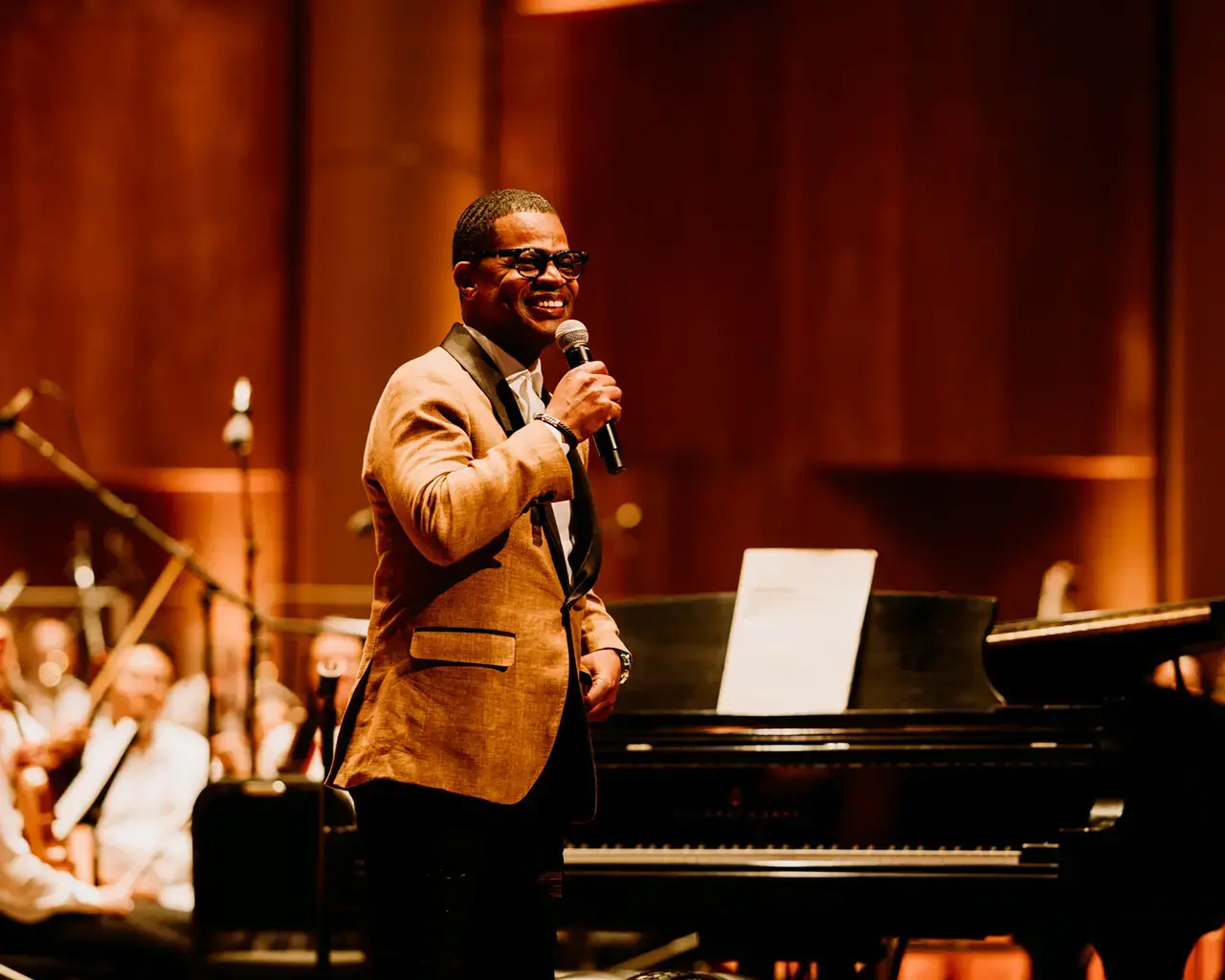
Celebrating hip-hop’s 50th anniversary, a new adaptation of Darin Atwater’s Paint Factory surveyed the history of the genre and reflected on how culture and racial justice movements have advanced since the piece premiered in 2007. As the Mann Center’s artist-in-residence, West Philadelphia-based rapper Chill Moody collaborated with Atwater on the 14-movement composition, which they performed at the Mann with The Philadelphia Orchestra and the Soulful Symphony Choir.
Close Transcript
I think the opportunity of this space, this particular show AND this gallery, is that the environment is a place that I can express. Just how the work gets experienced, there isn't any kind of standard in the same way. I wish I could go to everybody's television set and set it up correctly to watch the show. But that's just a beautiful sort of luxury of putting stuff in a gallery, I guess, of any kind. I think of it more in a way of like what is the material quality of the films in this case, or the moving images and the sound? And luckily, there wasn't an assumption about a standard way to do that to present just the material quality.
And I think other elements are maybe they didn't sort of rise to the top. There's a more playful energy to how other elements came in. And a lot of that is just like what's possible? We can't put live plants, for instance, in here. I didn't know that at the time we were conceptualizing it. But we can't. But we can put water. There's a sort of middle ground where the idea is meet what's possible logistically in terms of just other elements.
For instance, with Swimming in Your Skin Again, it is an exploration of a relationship with the entities that live in water that one could form a relationship with. And specifically form a relationship with through song. And so the idea to project the film into reflected water is a non-metaphorical gesture towards communing and communication with that element, the elements of light and water in this case. And that intention is just borne out in the formal decision of how to present it, how to project it.
PermalinkBlackStar Projects’ Swarm: Terence Nance presented the interdisciplinary work of Terence Nance at the Institute of Contemporary Art in the artist’s first solo exhibition, along with live performances, artist talks and panels, and an accompanying catalogue. Incorporating video, sound, printed materials, and live performance, the retrospective pulled together Nance’s collaborative, genre-spanning practice to showcase his innovative experimentation with temporality, spirituality, and lineage. “Throughout his career, [Nance] has challenged himself to think bigger—and this show…is no exception,” Vogue reported.
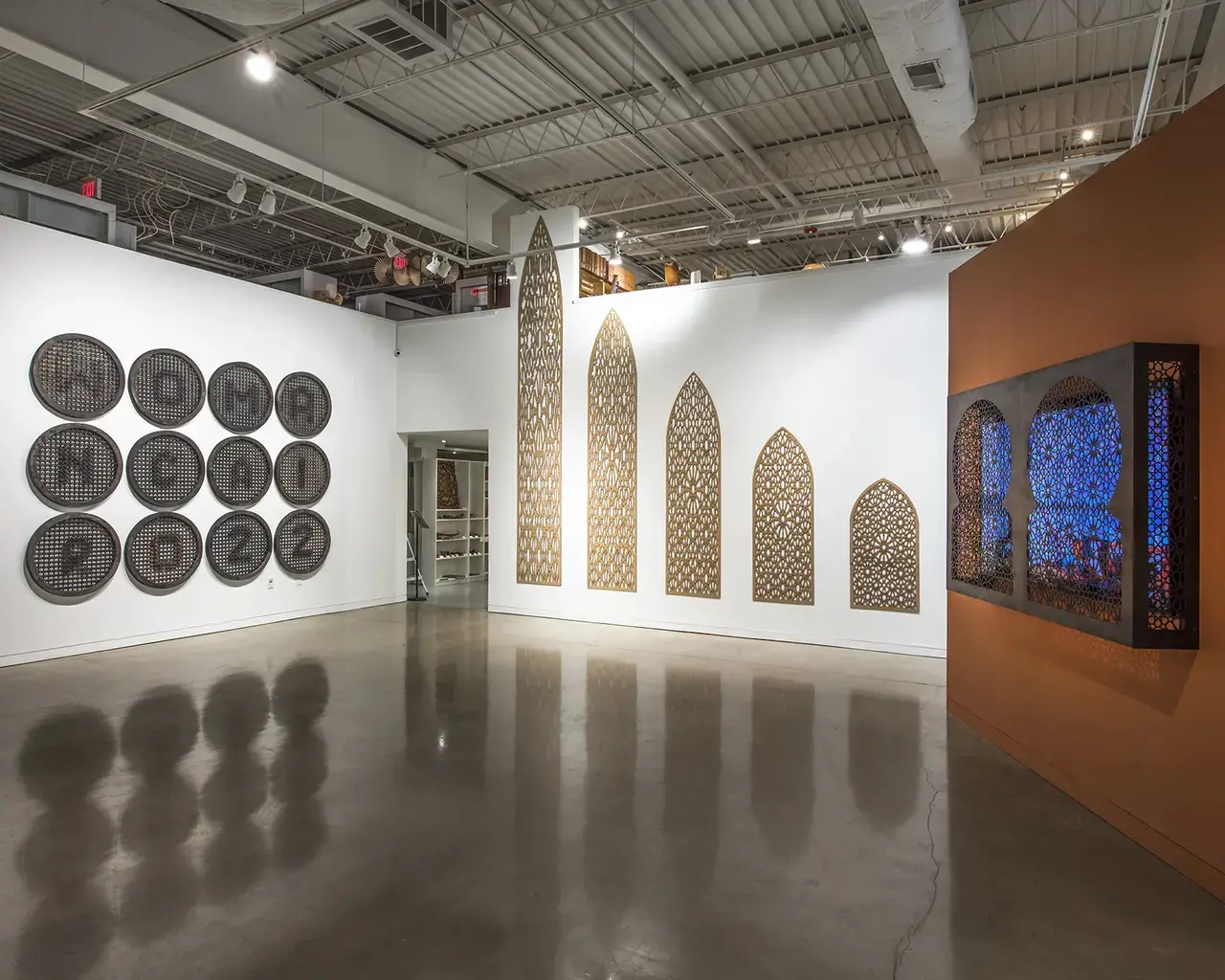
The Mashrabiya Project at the Museum for Art in Wood considered the architectural and cultural significance of the mashrabiya, a defining element of Islamic visual culture that features elaborate geometric wooden latticework comprising thousands of individual lathe-turned pieces. The project included a multidisciplinary exhibition titled Seeing through Space, interpreting the societal and cultural concepts evoked by the mashrabiya through the newly commissioned works by six women-identifying artists from the Muslim world.
Explore the exhibition in a 30-Second Field Trip with the museum’s Jennifer-Navva Milliken.
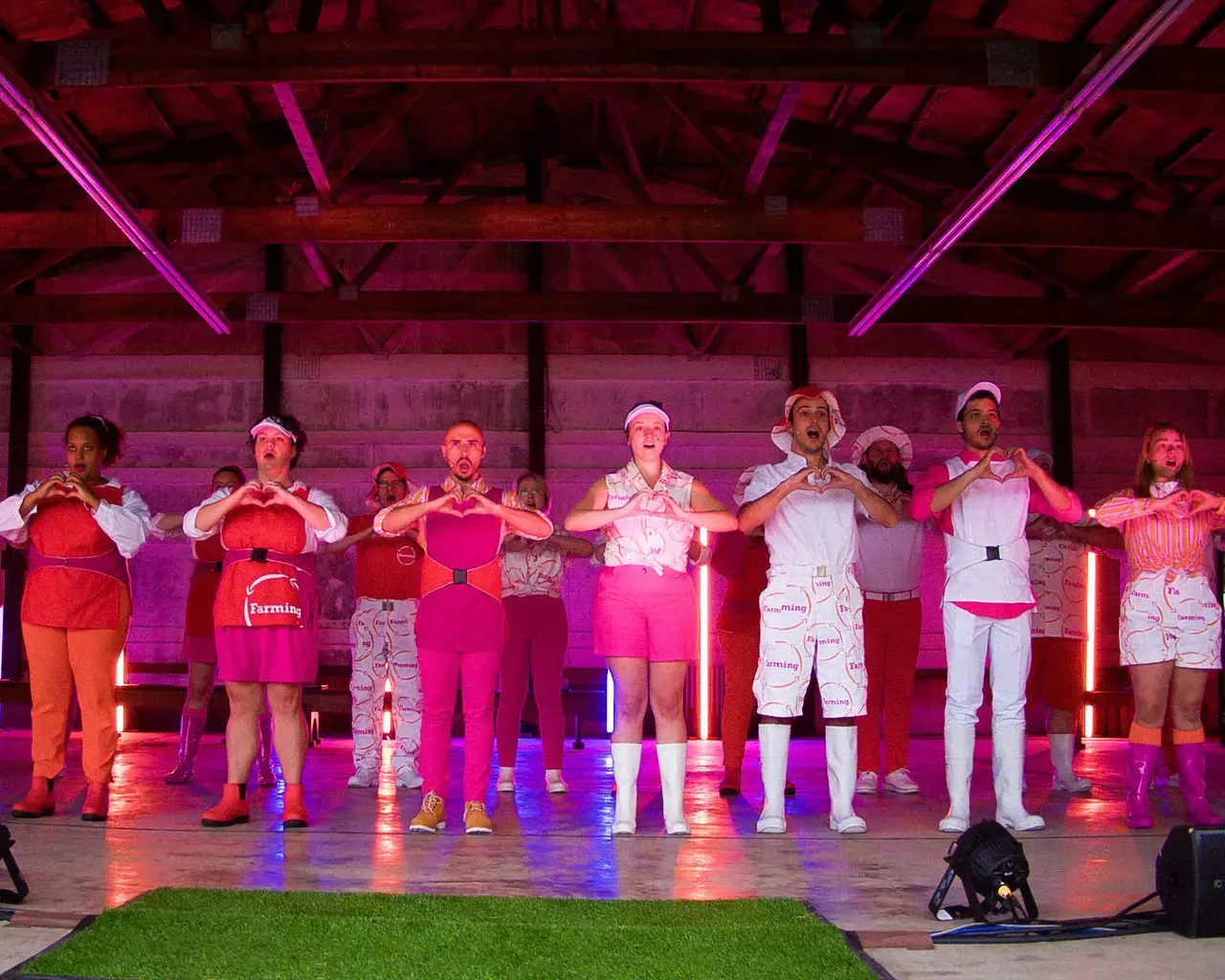
The Crossing’s world premiere of Farming was performed by 24 vocalists accompanied by live instrumentation on a working Bucks County farm. The piece by Ted Hearne drew from a variety of source material to consider labor practices in agriculture and technology. The New York Times reviewed the Crossing’s performance at Caramoor in New York (where the choir brought the piece after its Philadelphia-area debut), describing the work’s “quilt-like libretto” that “encompasses 17th-century letters by William Penn…and 21st-century musings by Jeff Bezos…as well as absurdist out-of-context bits from UberEats’s Twitter feed and the Farmer’s Fridge customer loyalty program.”
Close Transcript
To me, poems are about a number of things but one of them is breath. Poems are made of lines. Lines, to me, are constituted by breaths. So poems are profoundly bodily.
As is sport. Sport is bodily at its root. But there's this other thing about breath and practice. And poems are obviously a site of practice, sport is also a site of practice. A place where you work through things.
To me, too that book [Be Holding], is so much about, like you said first, this kind of reaching, a kind of looking that results in reaching, or kind of looking that is a kind of reaching.
And I do wonder if the ways that– just the fact of studying very closely something beautiful, that as a model or a question, this question, which I am always asking, what happens if we study what we love? Or what happens if we study what we find beautiful?
There is something moving to me about that as a question. And I feel like to witness something with very slow devotion, something that you love with very slow meandering, digressive attention, I don't know, it feels playful, but also a loving and fun kind of thinking.
PermalinkAt Girard College, a new musical performance work adapted the book-length poem Be Holding by Ross Gay. During a multi-year residency, Gay collaborated with Girard College students, composer Tyshawn Sorey, musical ensemble Yarn/Wire, director Brooke O’Harra, and poet/performers David A. Gaines and Pew Fellow Yolanda Wisher to reinterpret the poem, which takes inspiration from Julius Erving’s famous lay-up for the Philadelphia 76ers in the 1980 NBA Finals and explores themes of Black genius and beauty in the face of racial violence and inequities.
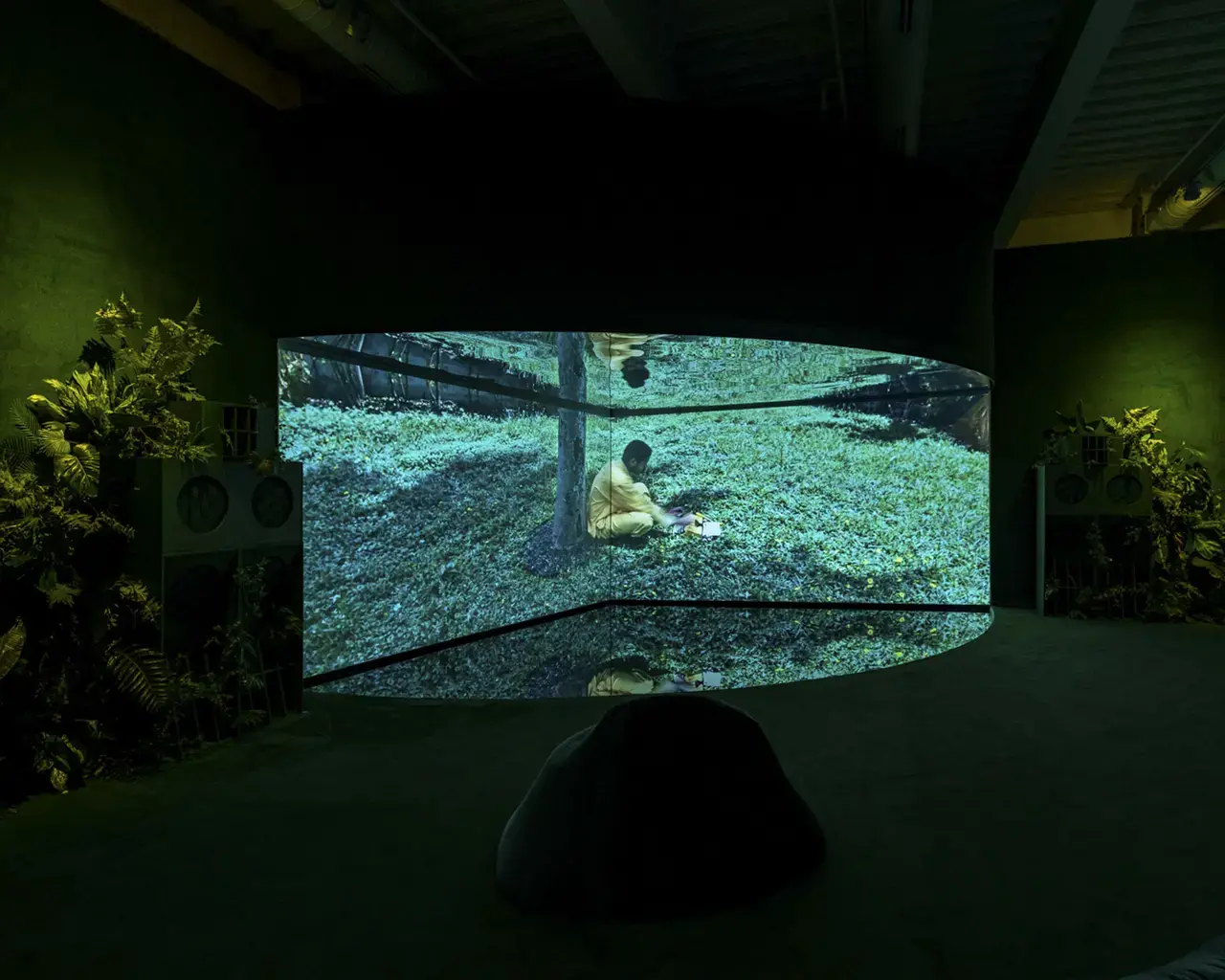
Pew Fellows on Artistic Practice
Throughout the year, we featured in-depth conversations with Pew Fellows who spoke with one another about the issues, inspirations, and ideas at the heart of their practices.
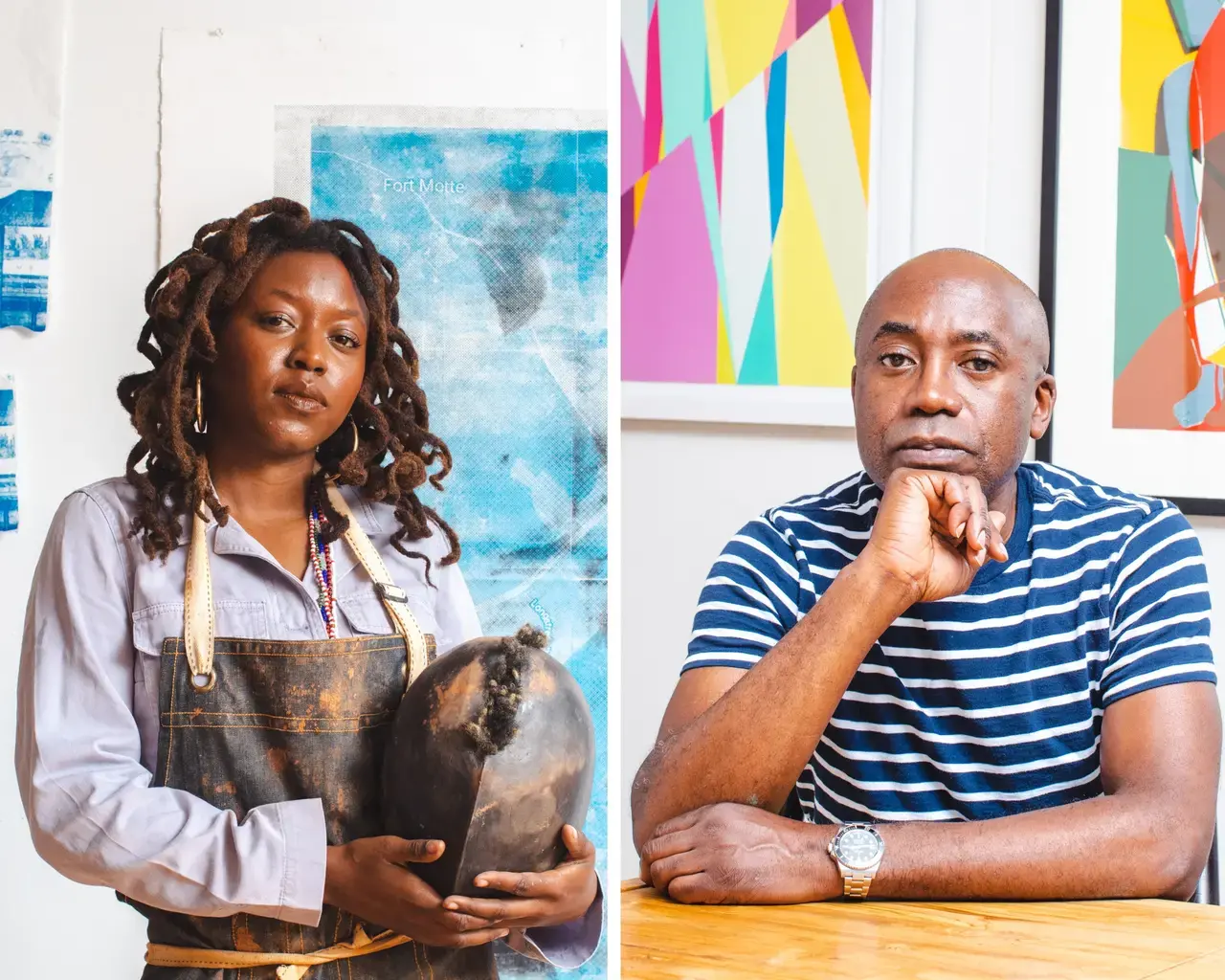
Visual artists Adebunmi Gbadebo and Odili Donald Odita found connections in their shared Nigerian heritage and the materiality of their respective mediums. "I think my ability to take a material and give great meaning to it is the legacy that I'm moving toward through my practice,” Gbadebo shared.
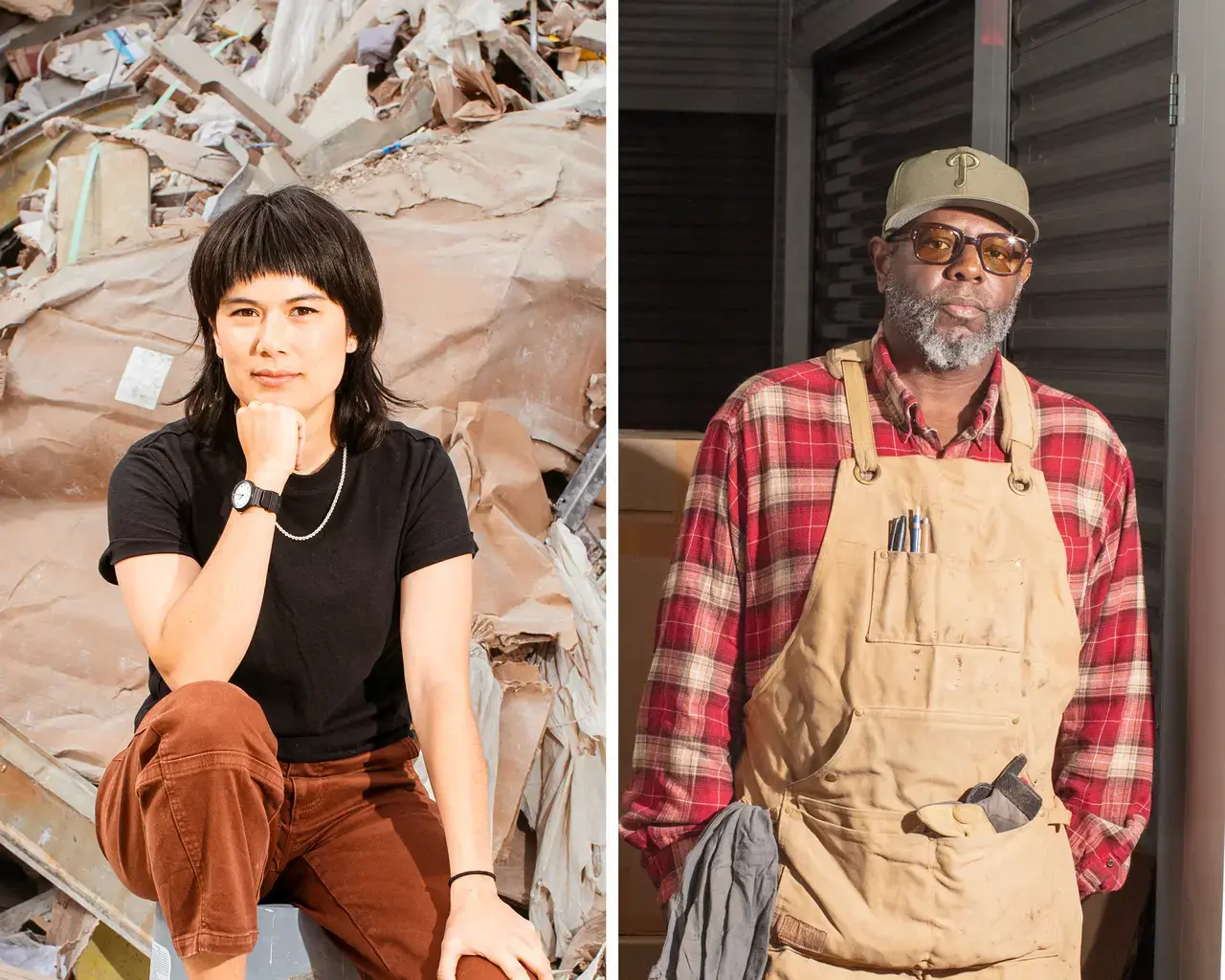
Interdisciplinary artist Maia Chao and visual artist James Maurelle discussed how they create productive work environments for themselves, their earliest forays into art, and why they’ve made Philadelphia their home. “I feel Philadelphia chose me,” Maurelle said. “When the universe winks at you, if you’re paying attention to your life…you can see where little pieces of bread were dropped for you to follow.”
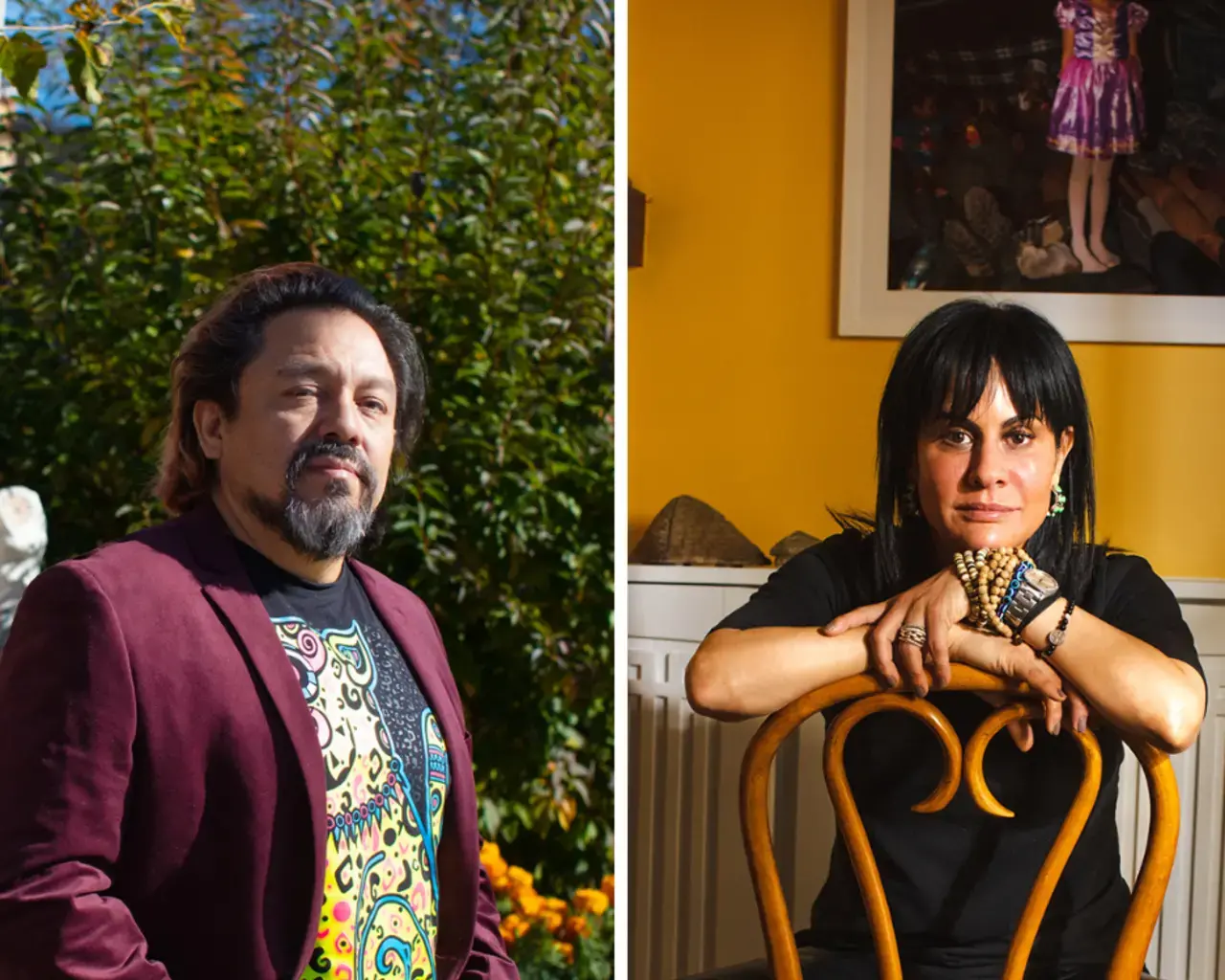
Visual artist Cesar Viveros and photographer Ada Trillo, both members of the Mexican diaspora, asked each other about their practices and discussed the process of parsing through difficult imagery, staying true to their own perspectives, and what motivates them to create. “I know what to put out in the world when an image hits me in the stomach,” Trillo explained.
We also peeled back the curtain on how our Fellows make their work in our Pew Fellows in Process social media series. Rashid Zakat showed us the work that went into his Revival! video project at the Philadelphia Museum of Art.
Denice Frohman walked us through the development of her first one-woman show, Esto No Tiene Nombre.
Watch the entire Pew Fellows in Process series on YouTube.
Stay in Touch
The coming year will be just as full of Center-funded projects and events, new work from Pew Fellows, and thought-provoking interviews with leading cultural practitioners. Sign up for our newsletter to stay up to date on the latest news.
